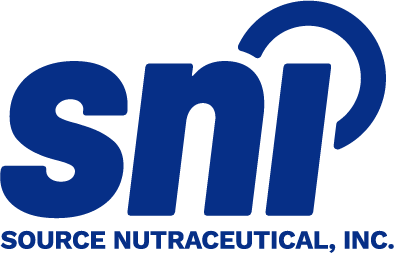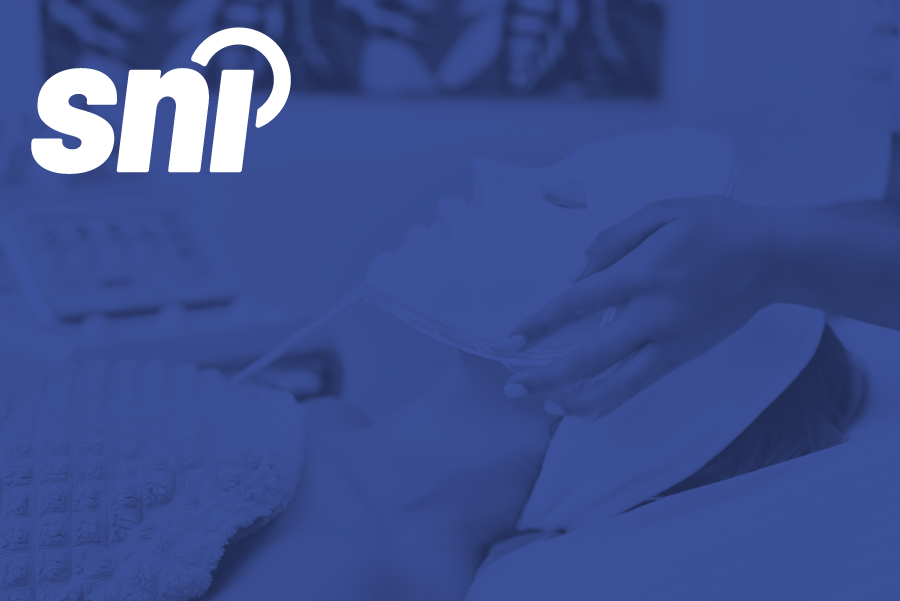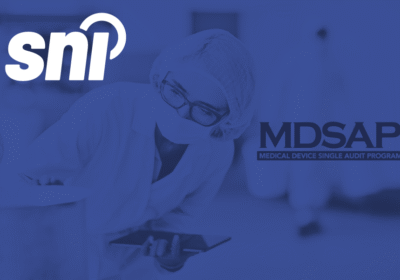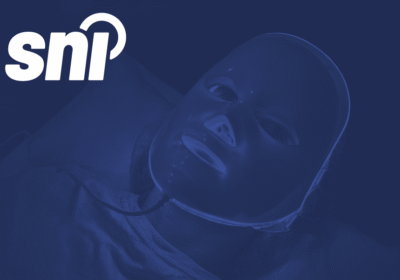When entering the Canadian market, medical device manufacturers face a complex regulatory system designed to safeguard patient safety and public health. Central to this framework is the classification of devices into classes I to IV, based on risk. This walk-through explains how Health Canada’s regulatory environment works, outlines each device class in depth, and provides a clear process to determine the correct classification for any medical device.
The Regulatory Framework: Understanding Canada’s Control System of Medical Devices
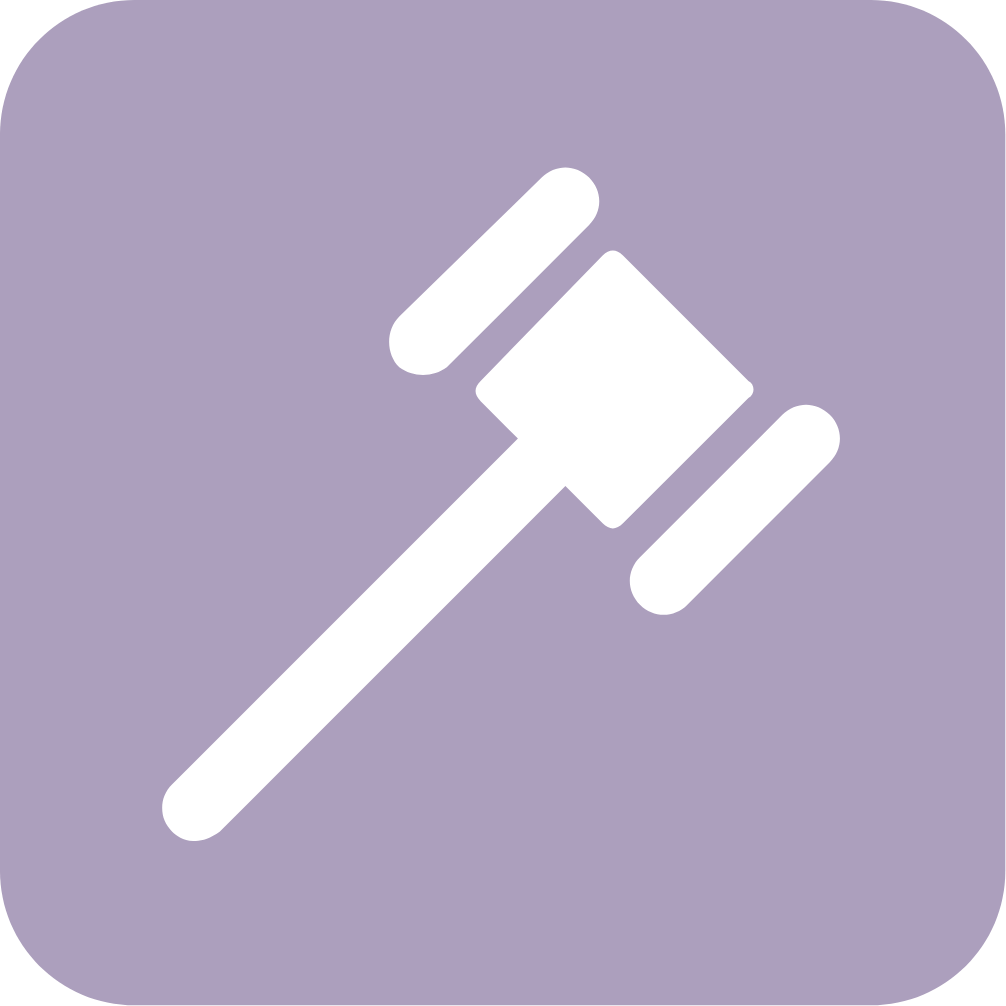
Medical devices in Canada are regulated under the Food and Drugs Act and the Medical Devices Regulations (SOR/98‑282). These regulations impose legal responsibilities on manufacturers, importers, distributors, and other parties involved in the life cycle of medical devices. The primary objective is to ensure devices are safe, effective, and manufactured under consistent quality standards. Health Canada provides oversight through both pre-market review of higher-risk devices and ongoing post-market surveillance across all classes.

To facilitate regulation, Health Canada employs two broad licensing mechanisms. The first is the Medical Device Establishment Licence (MDEL), which authorizes a company to import, distribute or wholesale Class I devices in Canada. While it does not authorize sale of a specific device, the MDEL ensures the establishment meets corporate responsibilities for incident reporting and recalls. The second is the Medical Device Licence (MDL), which authorizes Class II, III, and IV devices for marketing. The MDL is essential to ensure devices undergo more rigorous scientific review before reaching patients.
Safety and Effectiveness: What Health Canada Expects from Medical Device Manufacturers
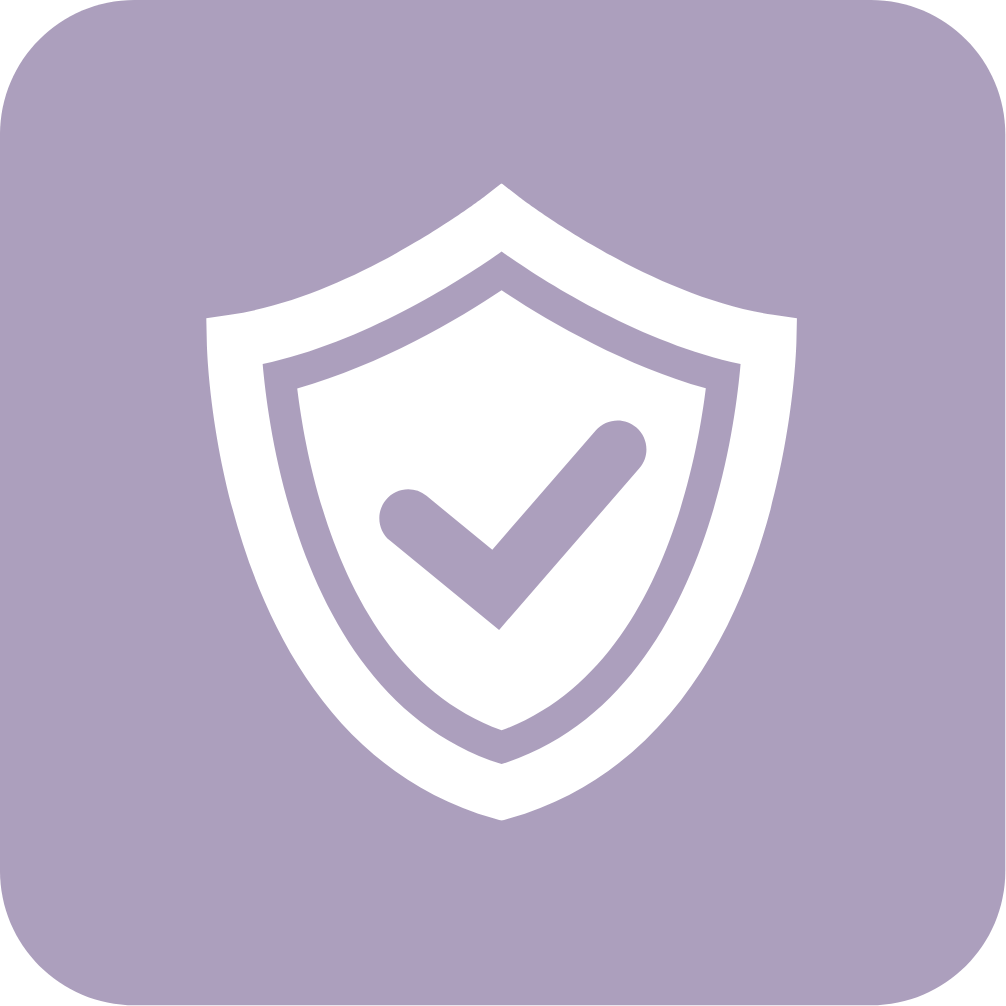
Once a manufacturer understands the class their medical device falls into, the next priority is meeting the expectations for safety and effectiveness. These are not just technical ideals but legal obligations under Canada’s Medical Devices Regulations. Every device that enters the Canadian market, regardless of its classification, must be designed and manufactured in a way that ensures it is safe for patients, users, and other individuals who may come into contact with it.
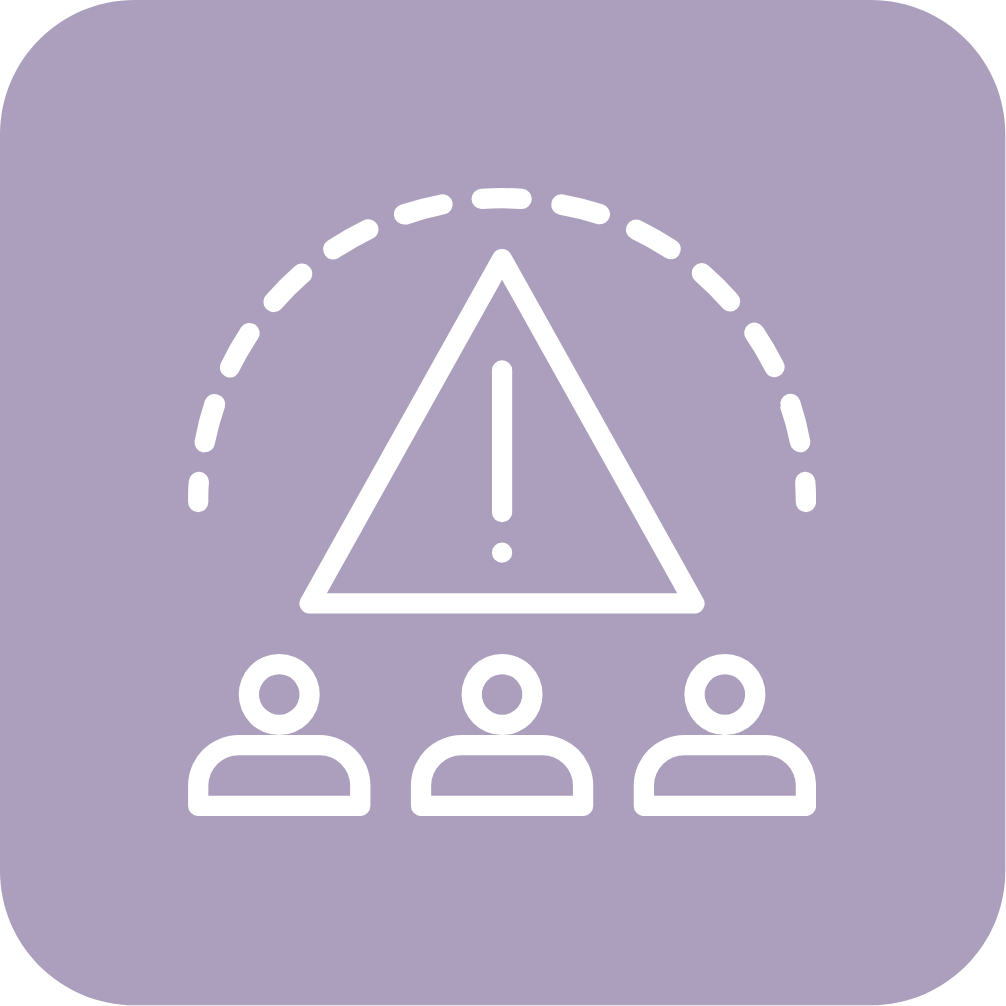
The process begins with identifying any inherent risks in the device’s design or use. If a risk can be completely eliminated, the manufacturer is expected to do so. If not, the risk must be reduced to the lowest possible level, with additional protections in place to mitigate any potential harm. This could involve integrating built-in safety systems such as alarms or redundancies. When risks remain, the manufacturer must disclose them clearly through labelling and instructions so that healthcare professionals and users can make informed decisions.

The device must also continue to function properly under normal conditions throughout its projected lifespan. That includes performance during transportation, storage, and use in clinical environments. Materials must be compatible and not interact in harmful ways, and if the device includes software, that software must perform reliably as intended and be properly validated. These expectations apply even more stringently to high-risk devices, which are scrutinized closely by Health Canada and often require extensive clinical data and technical documentation.

Ultimately, safety and effectiveness are not one-time benchmarks but ongoing commitments. Manufacturers must demonstrate that their devices will not negatively impact health and safety when used as intended, unless those risks are acceptable when weighed against the potential clinical benefits. By taking a proactive approach to risk management and quality assurance, developers not only satisfy Canadian regulatory requirements but also build trust and credibility in the global marketplace.
Understanding MDSAP and Its Role in Canadian Medical Device Compliance
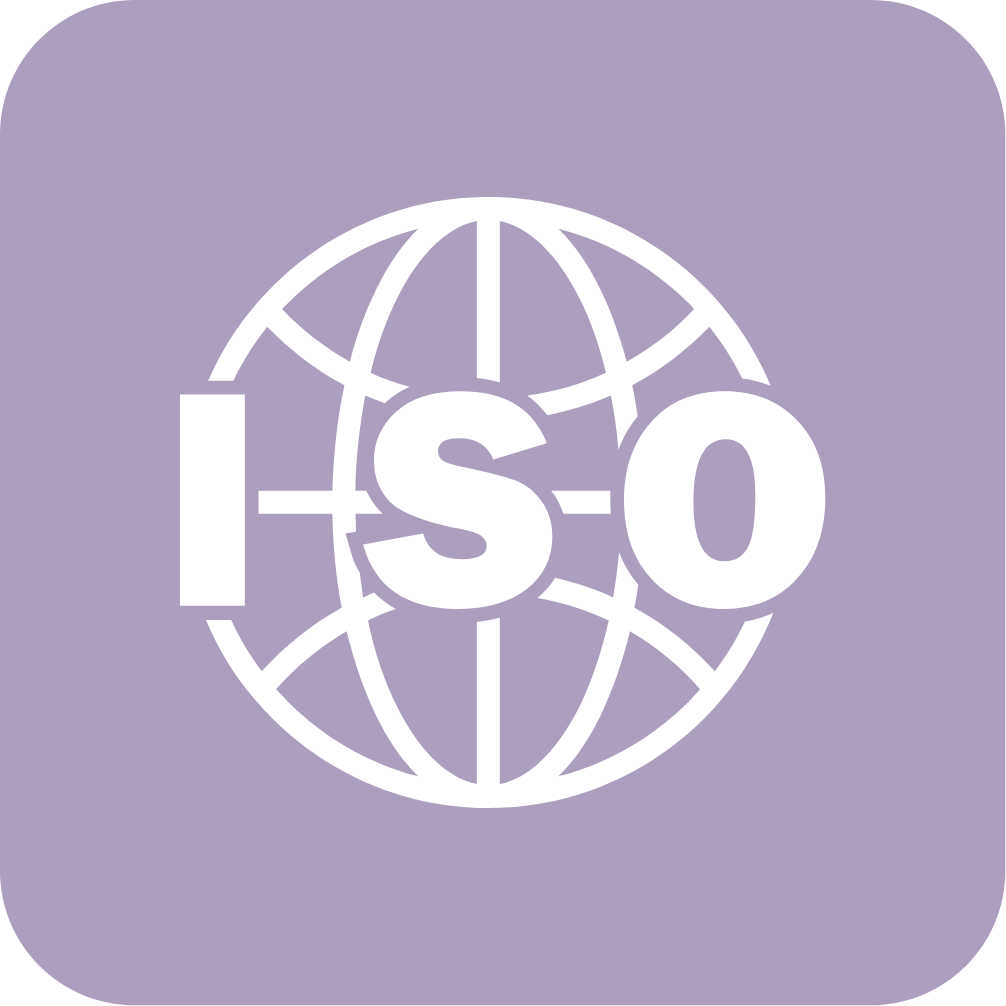
For manufacturers aiming to market Class II, III, or IV medical devices in Canada, compliance with a recognized quality management system is not optional, it is a regulatory requirement. Health Canada mandates that medical devices manufacturers follow ISO 13485, an international standard specifically designed for the medical device industry. To demonstrate this compliance, the quality system must be certified through the Medical Device Single Audit Program (MDSAP).
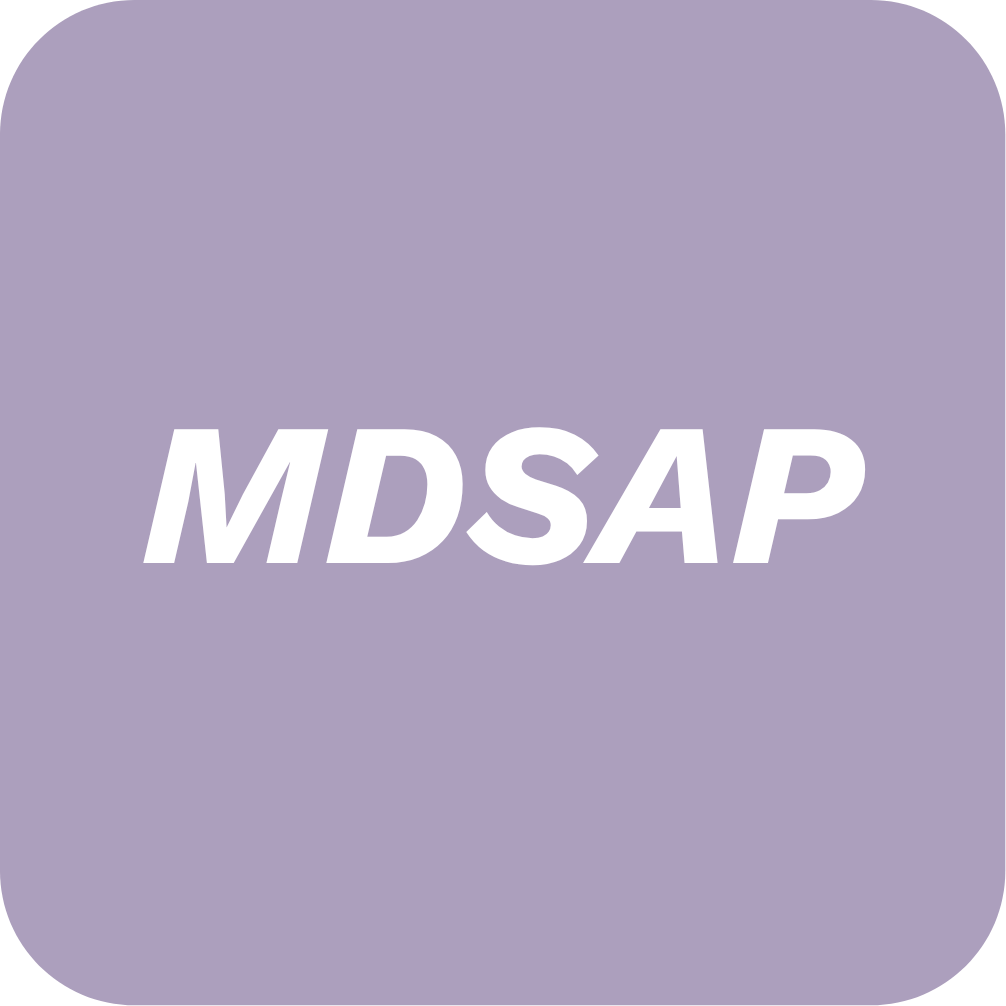
MDSAP is a multi-country audit framework that allows a single inspection to meet the regulatory requirements of five major markets: Canada, the United States, Australia, Brazil, and Japan. In practical terms, this means that one audit report can support access to multiple jurisdictions. For Canadian market entry specifically, MDSAP certification is a requirement for manufacturers of all Class II to IV devices. Importantly, this certification is tied to the physical site that manufactures or handles the medical device, whether it’s where the device is built, assembled, or labelled. Each of these facilities must be certified if they are involved in regulated activities.

Class I devices, however, are treated differently. Given their low-risk profile, Health Canada does not require MDSAP certification for Class I manufacturers. These businesses must still comply with basic safety and labelling standards and are required to obtain a Medical Device Establishment Licence (MDEL). The MDEL authorizes companies to import, distribute, or sell medical devices within Canada, but it does not apply outside of Canada’s borders. Foreign manufacturers that do not have a physical presence in Canada usually partner with a Canadian establishment that holds an MDEL to bring their products to the Canadian market. While a certified quality management system is not mandatory for Class I manufacturers, many choose to implement ISO 13485 voluntarily. Doing so strengthens internal processes, reduces the risk of product issues, and lays the foundation for easier market entry when scaling to higher-class products or entering new jurisdictions.

While MDSAP may initially appear complex, it is fundamentally a tool designed to streamline regulatory oversight. By aligning with international standards and consolidating audits, it reduces duplication, builds global credibility, and helps manufacturers grow strategically in regulated markets.
Medical Device Licensing Timelines: From Submission to Decision
Once device classification is determined and the quality system is in place, manufacturers proceed with licence applications.
Class I devices require only an MDEL. Health Canada processes these applications with a target of 120 calendar days. Despite not requiring pre-market review, this time frame ensures adequate oversight of establishment practices.
Devices classified as Class II, III or IV require a full MDL. Health Canada defines clear review targets according to risk level.
The target for Class II applications is 15 working days, assuming the application includes complete performance data and ISO 13485 documentation.
Class III licences are intended to be reviewed within 75 days, but reviewer questions or the need for supplementary clinical information can extend this timeline.
For the most complex devices in Class IV, Health Canada seeks to conclude reviews within 90 days. The demands of clinical evidence and risk analysis frequently lengthen the process.
Medical Device Licensing Fees and Costs: Planning the Financial Roadmap
Regulatory fees are a critical consideration when planning to bring a medical device to market in Canada, and they are closely tied to the device classification. As of April 1, 2025, Health Canada applies a tiered fee structure based on risk class:

- Class II medical device licence applications: CAD $632
- Class III medical device licence applications: CAD $13,926
- Class III near-patient in vitro diagnostic device licence applications: CAD $29,664
- Class IV medical device licence applications: CAD $30,199
These fees are payable at the time of application and represent the initial cost of regulatory approval.

Beyond these upfront Health Canada fess, manufacturers and licence holders must also budget ongoing expenses. Annual licence renewals are mandatory for maintaining the legal right to sell a device in Canada. The annual fee for the right to sell licensed or authorized Class II, III, or IV medical devices is CAD $452, payable each year beginning on November 1st. Similarly, establishments holding an MDEL are required to pay yearly renewal fees to retain their licence status. As of April 1, 2025, the fee for the examination of an MDEL application is CAD $5,426.

It is important for manufacturers to understand that regulatory fees constitute only a portion of the total costs involved in bringing a medical device to market. Additional expenditures such as quality management system audits, clinical trial preparations, staffing for regulatory affairs and quality assurance, as well as the development and maintenance of post-market surveillance and reporting systems, can represent a substantial financial investment.
From Simple to Complex: Evidence and Documentation Requirements for Medical Device Licensing

Health Canada’s expectations for evidence and documentation increase significantly as medical devices move through the classification system from Class I to Class IV. This progression reflects the rising potential risks associated with higher-class devices and the corresponding need for more information to demonstrate the safety and effectiveness of the devices.
For Class I devices, the regulatory requirements are relatively straightforward. Manufacturers must submit a clear description of the product and provide product labelling that complies with Canadian regulations. Additionally, an application for an MDEL is necessary. While Class I devices do not require pre-market licensing, companies must maintain records that support complaint tracking and incident reporting. This documentation ensures traceability and accountability throughout the product’s lifecycle.
As device classification increases, so do the documentation requirements:
Class II devices require performance testing data and evidence of compliance with ISO 13485. Submissions must include quality documentation and device testing results demonstrating design controls, safety, and usability.
Class III devices require clinical summaries detailing study protocols, participant demographics, outcomes, and safety data. Additional risk assessments and comprehensive technical dossiers must be submitted to support the regulatory review.
Class IV devices require complete clinical data sets, often derived from randomized controlled trials or high-level real-world evidence. Manufacturers must provide risk management plans compliant with ISO 14971 and detailed post-market surveillance proposals covering complaint analysis, incident reporting, and ongoing device quality monitoring.

For higher-risk devices, early engagement with Health Canada and a clear presentation of evidence can minimize review delays and support a successful submission. By providing comprehensive product documentation and testing results that align with regulatory expectations, manufacturers can build a strong case for their device’s safety and effectiveness, ultimately facilitating smoother and faster access to the Canadian market.
Determining the Right Medical Device Classification: A Methodical Approach
Accurate classification is critical to avoiding regulatory delays and ensuring efficient market readiness, ultimately shortening time to market. One of the most frequent causes of market entry setbacks or product recalls is incorrect classification, which can hinder both the licensing process and the long-term success of the device.
To help manufacturers navigate this important step, the following seven-step approach offers a clear framework to classify medical devices and determine the most appropriate regulatory pathway for your product:
1. Determine if the Product is a Medical Device
Confirm that the product fits the regulatory definition under the Food and Drugs Act and Medical Devices Regulations: an instrument, apparatus, appliance, software or material intended for diagnosis, prevention, treatment or monitoring in humans. This establishes whether the regulatory framework applies and forms the foundation for decision-making.
2. Identify the Device Type
Distinguish between in vitro diagnostic devices (IVDDs) and non-IVD medical devices. IVDDs are used to analyze specimens in a lab setting (for example, blood tests or pathogen detection systems), while non-IVD devices are used directly on or in the body (for example, surgical instruments or therapeutic devices).
3. Consult Schedule 1 Rules
Health Canada’s Schedule 1 categorizes devices by nature and use, with specific rules determining their risk class:
- Special Rules (13–16): For cell-based, sterilization, and custom tissue devices.
- Invasive Devices (Rules 1–3): Devices entering the body or penetrating tissues.
- Non-Invasive Devices (Rules 4–7): Devices contacting the body externally without penetration.
- Active Devices (Rules 8–12): Devices powered by electricity or other energy sources.
Invasive Devices
- Most surgically invasive devices are Class II.
- Devices for critical systems or fetal use are Class IV.
- Devices absorbed or implanted 30+ days are Class III.
- Denture materials and orthodontic accessories: Class II; surgical instruments: Class I; latex condoms: Class II.
Non-Invasive Devices
- Devices contacting injured skin usually Class II, unless used as barriers (Class I).
- Devices channeling fluids into the body: Class II.
- Devices modifying blood or fluids: Class III, or Class IV if higher risk.
- Other non-invasive devices generally Class I, except calibrators or connected to higher-class active devices (Class II).
Active Devices
- Radiation-emitting devices are Class III; radiographic devices Class II, except mammography (Class III).
- Therapeutic energy devices are Class II or Class III/IV if hazardous or closed-loop control.
- Diagnostic energy devices mostly Class II, Class III if failure risks immediate danger.
- Drug/fluid administration devices are Class II, or Class III/IV if hazardous or closed-loop.
- Other active devices are Class I.
Special Cases
- Devices disinfecting blood/tissues for transplant: Class IV; sterilizing medical devices: Class II.
- Devices with human/animal cells or recombinant DNA: Class IV, unless only skin contact (Class I).
- Custom materials classified as finished device class.
- Breast implants and tissue expanders are Class IV.
4. Apply the Rules in Order
Begin with special rules to check for overlap. If none apply, proceed methodically through invasive, non-invasive and active rules. In cases where a device meets multiple criteria, regulators expect manufacturers to assign the highest risk category.
5. Define Intended Use
The context and targeted user population influence classification. For example, continuous monitoring in critical care elevates device risk, often resulting in a higher-class assignment than a spot-use version intended for home monitoring. Clearly articulating intended use supports transparent and defensible classification.
6. Document the Classification Rationale
A formal classification report should explain the logic, listing the rule(s) applied, the features of the device and the intended use statement. Records of board discussions, engineering reviews, and legal counsel provide depth and traceability. This document supports licence submissions and responses to regulatory inquiries.
7. Consult with Health Canada if Needed
If classification remains ambiguous or the device includes novel features, manufacturers should engage Health Canada through a classification request or pre‑submission meeting. These consultations provide clarity, reduce misclassification risk, and facilitate smoother review outcomes.
Why Clear Classification of Medical Devices Matters
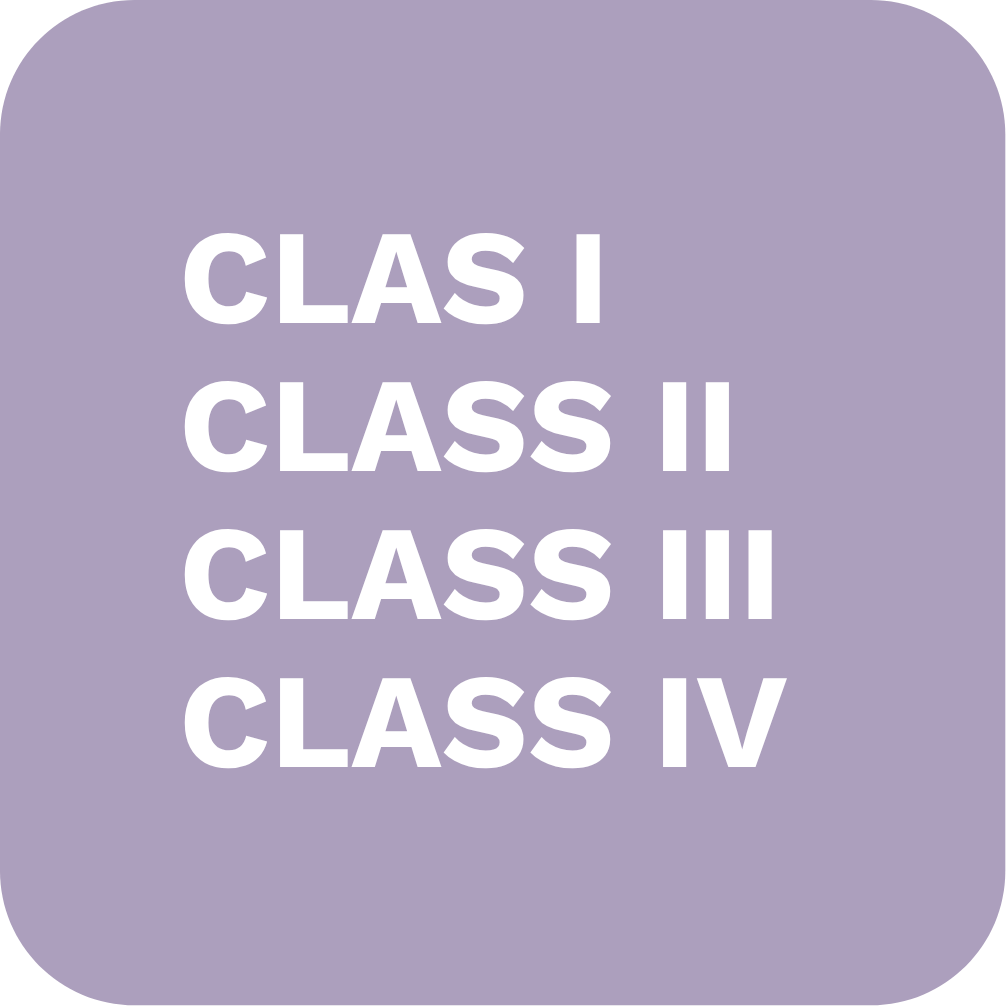
Accurate classification shapes every aspect of market preparation. For Class I devices, manufacturers benefit from fast MDEL processing and minimal documentation. However, higher-risk devices require significant preparation and investment. Early planning, covering quality systems, clinical trial design and documentation, helps avoid unexpected regulatory roadblocks. This clarity also enables better budgeting, staff allocation, timeline management, and upstream quality control activities.
Preparing for International Expansion of Medical Devices

Canada’s adoption of ISO 13485 and participation in the MDSAP brings strong alignment with regulatory systems in the United States (FDA), Australia, Japan, Brazil, and other IMDRF member countries. While the European Union does not currently accept MDSAP in place of Notified Body audits, ISO 13485 is still recognized under the MDR and offers general alignment in terms of quality system expectations
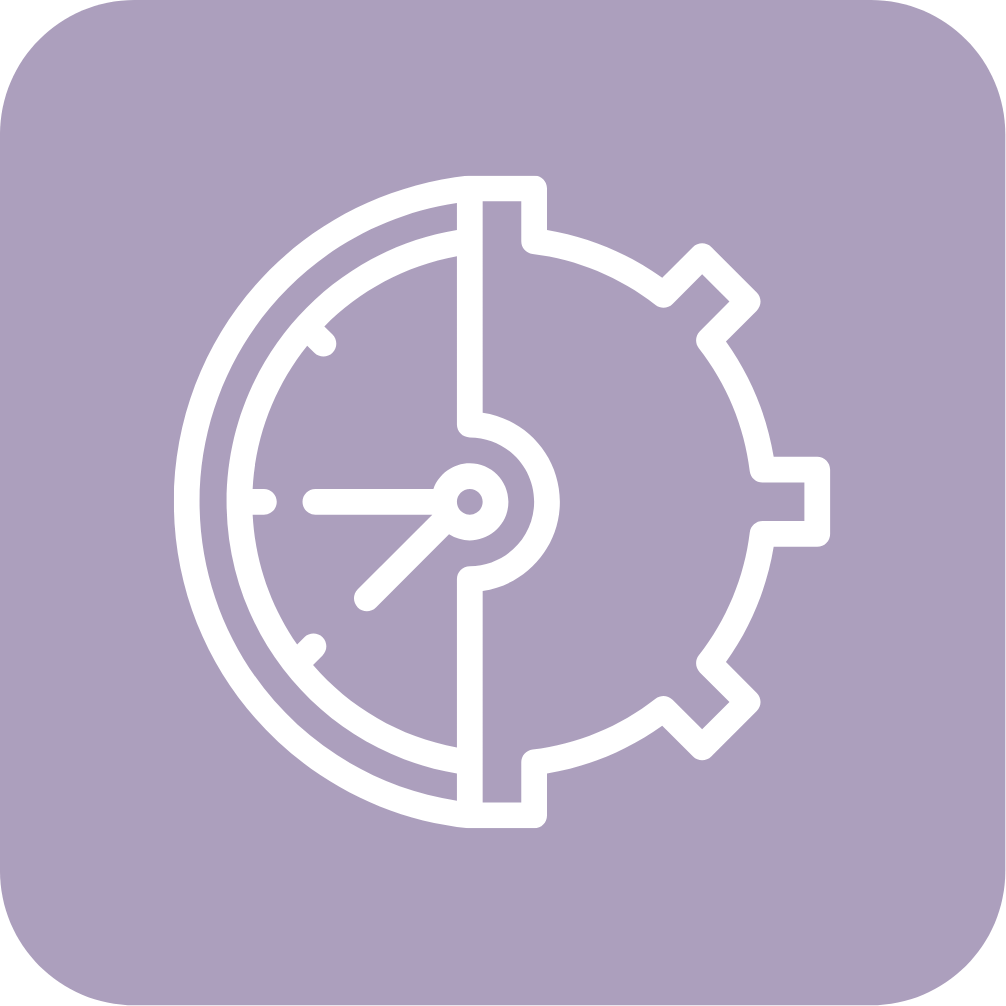
Manufacturers can use a single audit to meet QMS requirements across multiple markets, helping to reduce duplication, streamline compliance efforts, and accelerate time to market. It is important to note that MDSAP audits focus specifically on quality management systems and do not replace product-specific regulatory approvals. These audits are also typically more in-depth than single-jurisdiction assessments. In Canada, MDSAP is required for Class II, III, and IV medical devices, while Class I devices remain exempt from QMS certification. It is a good idea to plan for MDSAP early when preparing your regulatory strategy.
Final Remarks
Successfully navigating Canada’s medical device licensing system requires more than regulatory awareness, it demands strategic planning, careful classification, and proactive risk management. From understanding device class to preparing high-quality submissions, each step in the process shapes timelines, costs, and the likelihood of approval. Health Canada’s adoption of ISO 13485 and the MDSAP framework not only reinforces Canada’s commitment to global standards but also presents a valuable opportunity for manufacturers to align with international regulatory expectations and streamline multi-market access.
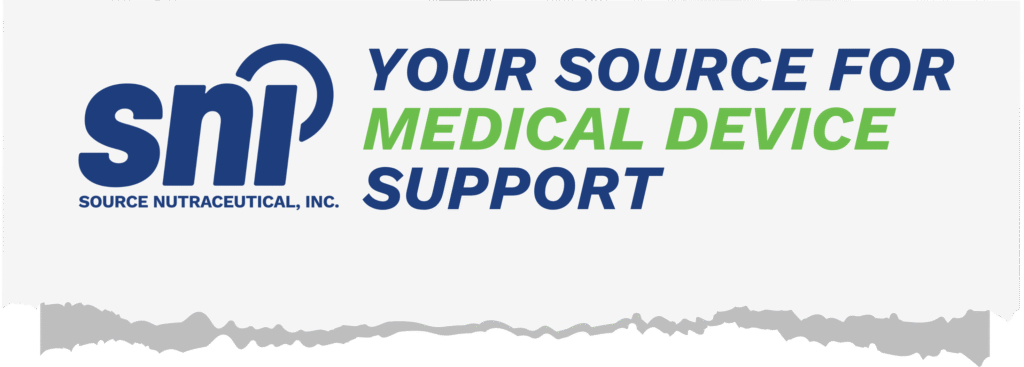
Your medical device is innovative! Your regulatory strategy should be as well.
At SNI, we help medical device companies bring new technologies to market with clarity, structure, and compliance. Whether your product is a Class I device or part of a complex combination system, we offer regulatory guidance, licensing support, and QMS development tailored to the realities of modern devices.
We understand that today’s innovations do not always align with outdated frameworks. That is why we work with you to build smart, defensible strategies that move your device forward. Let us help bring your innovation to market with precision and purpose!
Partner with us and focus on what you do best, and we’ll handle the rest!
🩺 More about our services here.
💡 Compliance is easy with the right support!
📩 info@sourcenutra.com
⬇️ Send us a request for support or an introductory call
FAQ
Do I need a licence to sell or distribute medical devices in Canada?
Yes. Medical devices are classified from Class I to Class IV based on risk. Class II, III, and IV devices require a Medical Device Licence (MDL) before they can be sold in Canada. Class I devices do not require an MDL but still need to be handled by companies that hold a Medical Device Establishment Licence (MDEL).
What is a Medical Device Establishment Licence (MDEL)? Who needs one?
An MDEL is required for businesses that import, distribute, or sell medical devices in Canada. It is also required for manufacturers of Class I devices. Anyone involved in the supply chain of a medical device (unless exempt) must hold an MDEL to legally operate in the Canadian market.
How do I confirm the classification of my device?
Device classification is determined by its intended use, level of invasiveness, and other risk factors. Health Canada provides a set of classification rules that manufacturers must follow to determine whether their product is Class I, II, III, or IV.
What are the application review timelines?
For MDELs, the target processing time is around 120 calendar days. For MDLs, the timelines depend on device class: Class II applications are typically reviewed in 15 business days, Class III in approximately 75 calendar days, and Class IV in about 90 calendar days. Complex or incomplete applications may take longer.
What are my obligations after obtaining a licence?
Licence holders must comply with a range of responsibilities, including adverse event reporting, recordkeeping, complaint handling, recalls, and ensuring accurate labelling. Licences must also be renewed annually, and failure to do so may result in suspension or cancellation.
The content on this website, including information presented in this post, is provided for general informational purposes only and does not constitute legal, regulatory, or professional advice. While efforts are made to ensure accuracy, laws and regulations vary by jurisdiction and may change over time. Readers should not rely on this information as a substitute for advice from qualified legal or regulatory professionals. We disclaim any liability for actions taken based on this content, and users are encouraged to seek guidance specific to their circumstances.
